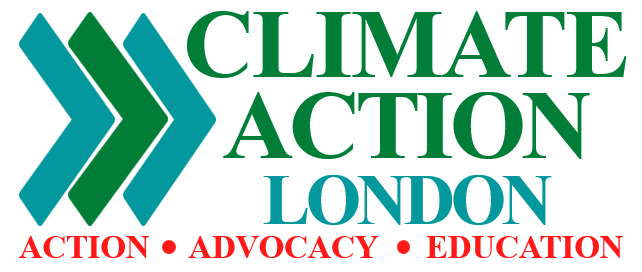
Ways Urban Sprawl Impacts Climate Change
-

Car Dependency
-

Destruction of Natural Areas
-

High Energy Use
-

Heat Island
-

Soil Degradation and Drying
-

Flooding
Car Dependency:
Low density sprawl has spread out the places we need to go. Sprawl neighbourhoods mean people live inconveniently far from jobs, grocery stores, libraries, and schools, because decisions about land use and transportation have given them no real alternative. That locks people into huge carbon footprints, including car-based commutes that are ever longer and more congested. This leads to increased Greenhouse Gas Emissions.
Destruction of Natural Areas:
Our planet stores carbon in a range of natural areas from forests, wetlands and healthy soils. When these ecosystems are degraded large amounts of carbon are released in the atmosphere. Low density sprawl destroys and paves over different types of natural areas surrounding the current built up area of a city thereby releasing carbon into the atmosphere.
Higher Energy Use:
Low density sprawl results in an increased number of people living in larger less energy efficient homes. Even if there is a slight increase in energy efficiency compared to older single family homes it does not make up for the increase in energy use as compared to more compact connected communities. Increased use in electricity and natural gas (methane) leads to increases in greenhouse house gas emissions.
Heat Island:
"Urban heat islands" occur when cities replace natural land cover with dense concentrations of pavement, buildings, and other surfaces that absorb and retain heat. This effect increases energy costs (e.g., for air conditioning), air pollution levels, and heat-related illness and mortality. As compared to condensed connected neighbourhoods, low density sprawl increases the overall area of heat absorbing and retaining surfaces. This also results in a feedback loop where increased energy usage results in increased greenhouse gas emissions that results in more extreme heatwaves.
Soil Degradation and Drying
Sprawl increases the amount of pollutants that runoff into the soil. This happens during development but also continues afterwards. Additionally the water holding capacity of the soil decreases and runoff rate increases which in turn leads to soil erosion. This in turn reduce water quality by increasing the amount of surface runoff, which channels oil and other pollutants into streams and rivers.
Flooding
Removing vegetation and soil, grading the land surface, and constructing drainage networks increase runoff to streams from rainfall and snowmelt. As a result, the peak discharge, volume, and frequency of floods increase in nearby streams. The risk of severe flooding is even greater given that one of the results of climate change is a greater frequency of extreme rainfall events.





